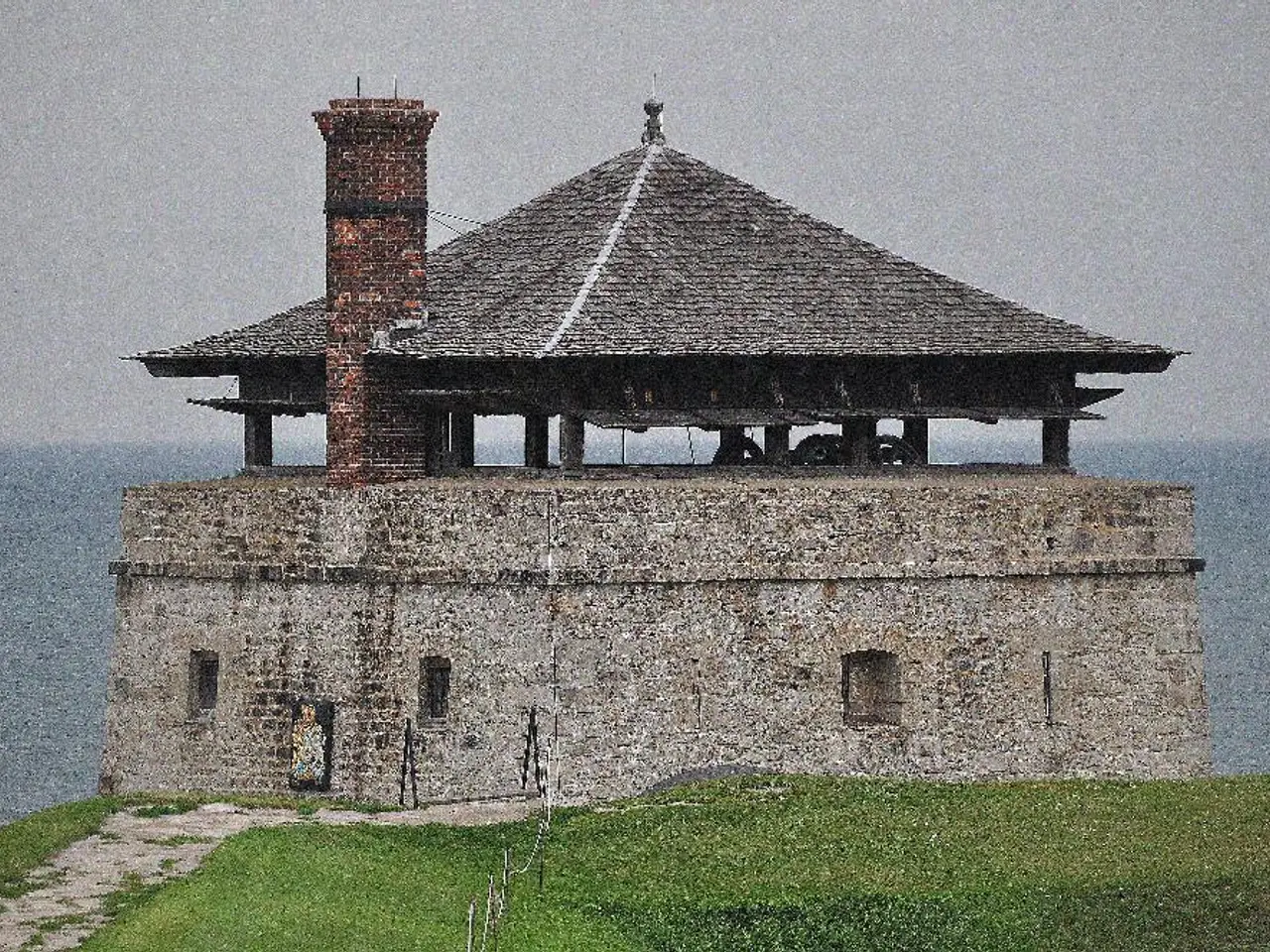"Negligence in Land Purchase by Regensburg City on Hollerweg: What Went Wrong and the Extent of the Damage?"
In the heart of Regensburg, a controversy surrounding a protected natural area, known as the Hollerweg biotope, has arisen. The controversy centres around allegations that the city authorities failed to recognise or adequately protect certain endangered species inhabiting the site.
Background
The Hollerweg site is recognised as a biotope, an environmentally protected area due to the presence of important flora and fauna, including endangered or protected species under German and EU conservation laws.
City’s Failure to Recognize Protected Species
The controversy arose when it became evident that the city authorities did not identify or properly document the presence of several protected species within the biotope. This oversight could have led to decisions and actions that threatened the habitat of these species.
Legal and Environmental Implications
The city's oversight could constitute a legal violation, as protected species and habitats are safeguarded by laws such as the Federal Nature Conservation Act (BNatSchG) and the EU Habitats Directive. Such violations typically require remedial action, including halting harmful activities, restoring damaged habitats, or imposing sanctions.
Potential Financial Damage
The failure to protect these species likely translates into financial risk and damage for the city. This includes costs for ecological restoration and mitigation measures mandated by environmental authorities, potential fines and legal fees due to non-compliance with conservation regulations, delays and increased costs in planned development projects on or near the biotope, and possible compensation payments if affected parties pursue legal action.
Public and Environmental Advocacy Response
Environmental groups and local residents may have raised concerns or filed complaints to enforce better protection of the biotope. The controversy highlights the challenges municipalities face balancing urban development with environmental conservation responsibilities.
Key Details
- The heath milk-vetch, a legally protected species in Bavaria, was among the species found.
- The 2.2-hectare plot at Hollerweg was "unexpectedly" offered for sale to the city of Regensburg in the summer of 2022.
- The city of Regensburg eventually bought the area.
- In the first attempt for a development plan at Hollerweg in 2021, several specialist departments pointed out that the biotope mapping was outdated.
- The owner had been offering the area for sale on corresponding portals since about September 2021.
- The city of Regensburg did not recognise this or ignored the indications.
- The price of 350 euros per square meter is relatively cheap for raw building land but not justifiable for a biotope.
- Some residents reported seeing a grass snake and the White Waldportier butterfly, both indicators for lean areas, on the site.
- The mayor promised to provide comprehensive information about the status in the public meeting on July 29.
- The city of Regensburg spent approximately 8 million euros for the 2.2-hectare plot, which is considered expensive for a biotope.
- There is no apparent awareness of the problem at the city level, and it is likely to have caused damage in the millions based on the information available so far.
- There was great interest in the plot from various parties, including people from Austria and Starnberg.
- The city of Regensburg knew at the time of purchase that the biotope mapping was outdated (from 2008).
- It remains unclear whether the responsible property office exercised a right of first refusal and outbid other investors, or if private interested parties waved off the purchase due to the biotope problem.
- Residents warned the city of Regensburg about the biotope in 2021.
- Raimund Schoberer and Dr. Albrecht Muscholl-Silberhorn discovered several protected species on the site, indicating it is sand dry grassland.
- A corresponding inquiry from Wednesday remained unanswered until the deadline.
- It was previously believed that the city's biotope issue became known in May, but a question from Christian Janele two days later in a public meeting and the deletion of this question from the public minutes eventually sparked the investigation.
- The city planners were likely already aware by the end of 2024 that the building plan could not be implemented as it stands and that there is a problem with biotopes that cannot be built on.
- Albrecht Muscholl-Silberhorn found nine plant species on the site that at least indicate it is a lean area.
- Despite being a biotope, a protected natural area, the controversy surrounding the Hollerweg biotope in Regensburg arises from claims that the city authorities neglected to acknowledge or adequately safeguard endangered species residing within, potentially threatening their habitats and prompting legal and environmental consequences.
- This oversight, which could be a violation of conservation laws such as the Federal Nature Conservation Act (BNatSchG) and the EU Habitats Directive, may lead to remedial actions, including halting harmful activities, habitat restoration, or imposing penalties.
- Apart from the legal ramifications, the city's failure to protect these species is likely to result in financial risks, such as costs for ecological restoration, potential fines, legal fees, delays in development projects, and possible compensation payments.
- The controversy underscores the challenges municipalities face in striking a balance between urban development and environmental conservation responsibilities, while highlighting the crucial role of public and environmental advocacy in enforcing protection for biotopes and their habitats.
- In the midst of this controversy, it is advised that city policies and legislation regarding environmental-science, health-and-wellness (through preservation of important flora and fauna), education-and-self-development (through awareness and understanding of the significance of biotopes), and politics (through responsible policy-making and adherence to conservation regulations) be closely scrutinized and updated to ensure the protection of such vital areas, aligning with general-news reporting on climate-change and environmental concerns.




